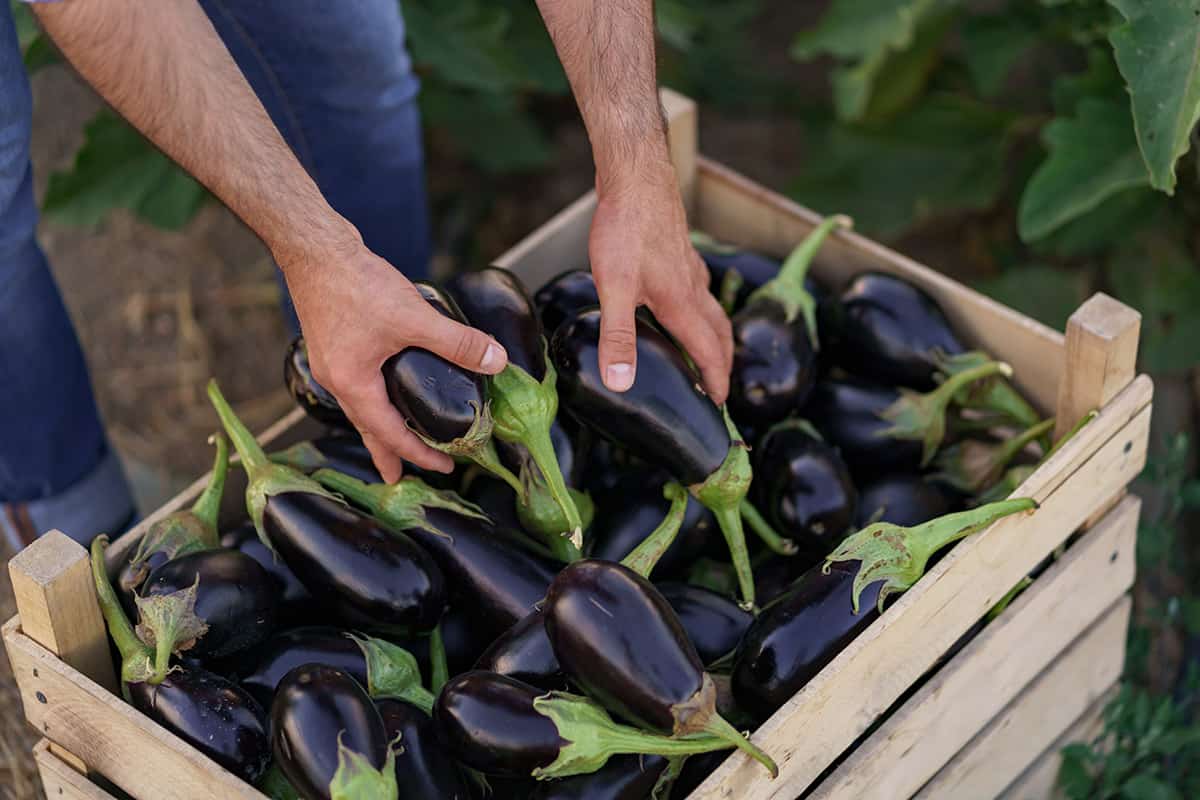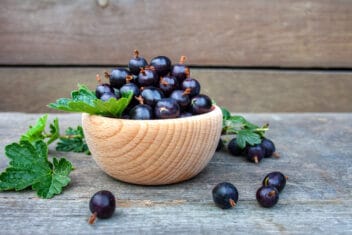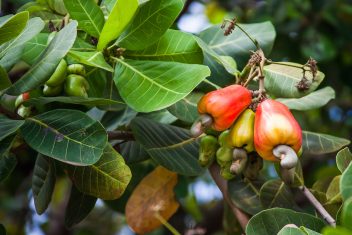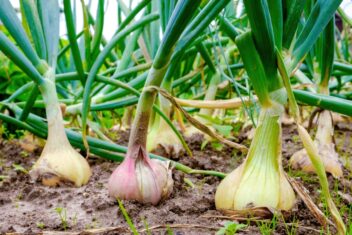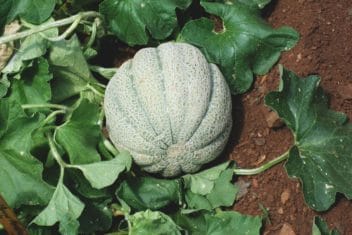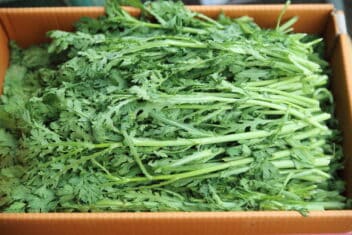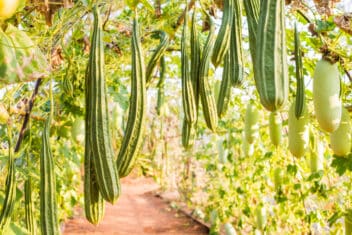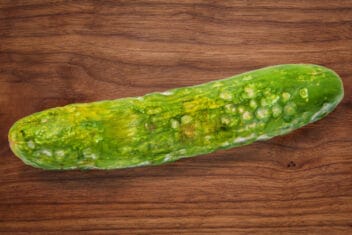Eggplants are a must-grow plant, especially if you love grilling. Grilled eggplant is divine, and I’m a huge fan of eggplant parmesan. If you love this crop as much as I do, you want all the tips to increase your eggplant harvest.
Truth be told, preserving eggplant is hard; it’s not possible to can it. But eggplant is so versatile; you can find so many recipes to make! Plus, you can freeze many eggplant dishes.
If you’re ready to increase your eggplant harvest, here are some of my favorite tips; growing eggplant is easier than you think, and with these tips, you’ll have an endless supply!
12 Ways to Increase Your Eggplant Harvest
With the right gardening tips, you’ll be able to increase your eggplant harvest and grow huge plants. Don’t settle for small harvests!
1. Start Eggplant Seeds Later Than Other Plants
Don’t stress about starting eggplant seeds early; these plants grow best when they’re in warm conditions. They love the heat, and since these plants have broad leaves, these seedlings grow quickly.
Eggplant seedlings grow faster than tomato or pepper seedlings!
Avoid planting your eggplant seedlings too early, or your harvest won’t be as amazing.
2. Increase the Soil Temperature Before Planting
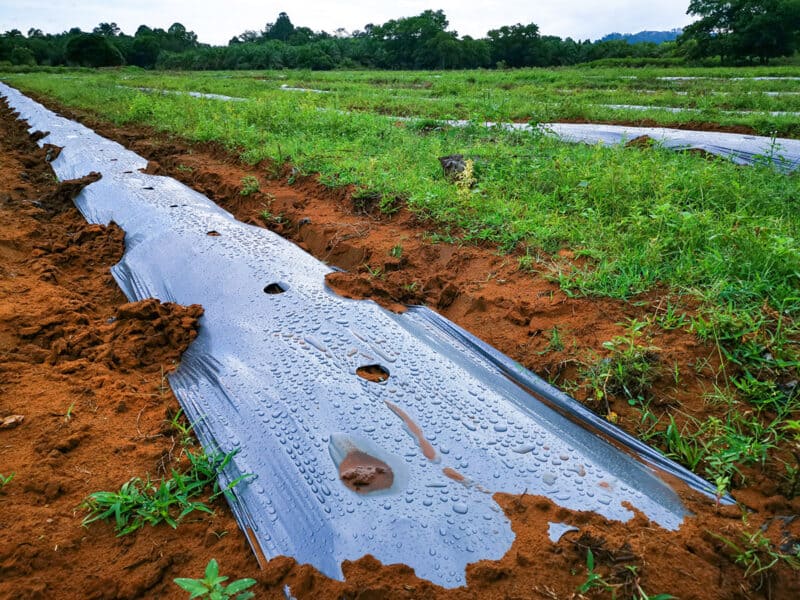
You know that eggplants love warmth, and that goes for the soil temperature as well air temp. Unfortunately, you cannot transplant eggplant seedlings outside until after the danger of frost passes; these aren’t frost-hardy plants.
Since they love warm soil, one trick to speed up their growth and increase your eggplant harvest is to lay black plastic over your garden soil several weeks before planting. If you increase the soil temperature above 70°F, you’ll see rapid eggplant growth.
3. Add Compost to Your Soil Before Planting
If you want to increase your eggplant harvest, make sure you amend your soil every year and mix in several inches of aged compost or other organic matter.
Eggplants need lots of nutrients to grow and produce plenty of fruits for you to enjoy, and compost is the easiest way to ensure they have all they need. At the same time, adding compost to your garden increases the drainage and water retention of the soil. Your plants don’t want soggy or sandy soil, which can harm the harvest and kill your plants.
4. Don’t Overcrowd Your Eggplants
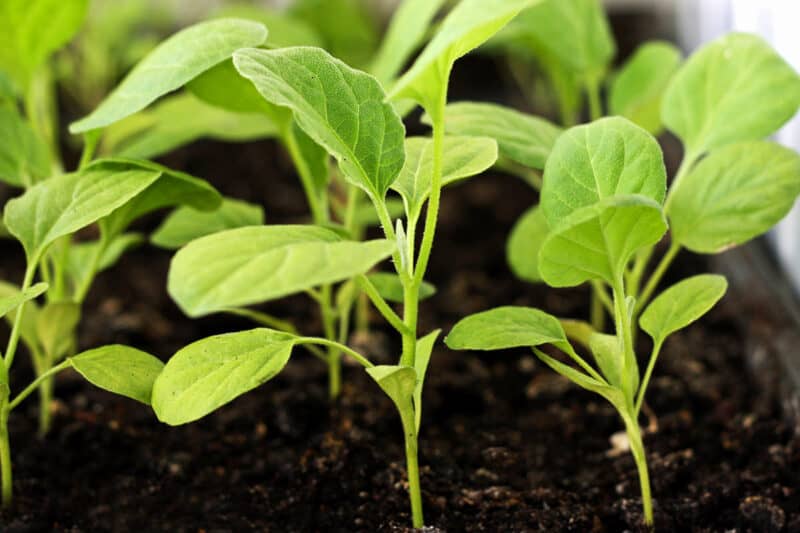
Overcrowding your plants is a surefire way to limit the size of your harvest. You might assume that the more plants you have, the more you’ll harvest, but that’s not always true.
Eggplants need abundant sunlight, nutrients, and water, and when you have plants that are too close together, they compete for the resources.
The other problem is that spacing eggplants too close increases the risk of fungal diseases infecting your veggie plants. Fungus loves warm, moist areas without abundant airflow, and closely planted crops have a lack of airflow.
Don’t let that happen!
Space your eggplant 24 to 36 inches apart, and they should be staked to prevent the plants from toppling over.
5. Lay Down Mulch Around Your Plants
Even though eggplants withstand hot weather well, laying down mulch around the base of your plants offers several benefits.
Mulch helps to keep the soil warm in the spring and cool in the summer while suppressing weeds that compete for vital nutrients. Another major benefit of mulching is that it holds moisture into the soil, so you don’t have to water as often.
6. Bring Pollinators to the Garden
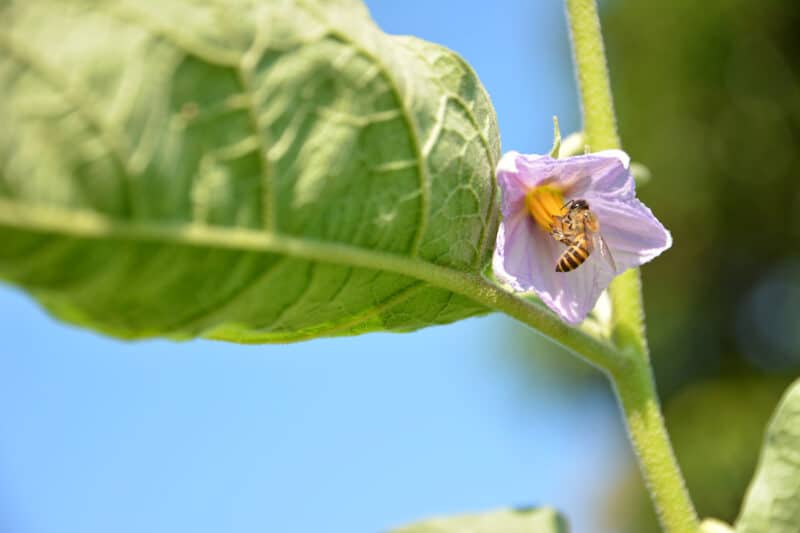
Eggplants are self-fertile, pollinated by the wind, like tomato plants. Pollinators improve the fruit set and fruit size, so bring the bees and pollinators to the garden.
I like to let different plants go to seed around my eggplants, such as oregano or lettuce. When these plants go to seed, they encourage pollinators and don’t forget to plant things like marigolds nearby to bring the bees to the yard.
If you don’t see any pollinators in your garden, hand-pollinating is the next best option. All you need is a dry, small paintbrush and rub it inside the plant to find the pollen.
7. Prune Your Eggplants
Everyone knows that you have to prune tomato plants, but did you know that pruning eggplants is a good idea as well?
When you prune eggplants, you’ll notice two or three main branches that come off the main stem, and the first flowers form around this area. Trim off leaves and stems below this area; nothing will grow below it.
Above this area will produce flowers and create fruits for you to harvest. It’s best to remove yellowed leaves, along with anything diseased or dying. The plant should put energy into fruiting not growing more foliage once fruits appear on the plants.
8. Don’t Forget to Fertilize
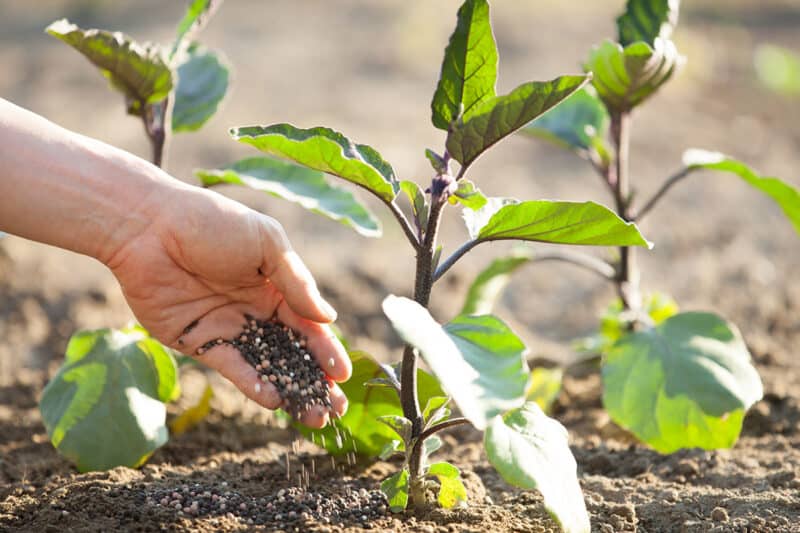
Eggplants need to be fertilized just like other nightshade plants. Plan to fertilize a minimum of three times:
- Six weeks after planting
- When the plants bloom
- When the plants set their first fruits
- Late in summer when there is a heavy set of fruits
These are the times when your eggplants benefit from extra nutrients. Try side-dressing the plants with organic fertilizer or compost.
When you grow eggplants in containers, the fertilization needs are different. They need to be fertilized almost all the time (that’s only a slight exaggeration), but be careful because salt build-up will cause the plants to stop growing. Flush the container regularly by watering until the water reaches the rim and is running out of the drainage hole.
9. Give Your Eggplants Plenty of Water
Speaking of water. Another way to increase your eggplant harvest is to give your plants plenty of it. The plants need at least one to two inches of water per week, but I’ve found that they handle even more when they’re setting fruits.
Eggplants are made up of a lot of water, like tomatoes!
10. Don’t Ignore Eggplant Pests
Unfortunately, eggplants are prone to pests, especially flea beetles. Flea beetles are one of the worse eggplant pests, and they love to eat holes through the leaves of your plants.
Try covering your eggplants with netting in the early stages to help avoid these pests. Young plants find the damage caused by pests more stressful than older plants.
Make sure you aren’t ignoring eggplant pests, or they’ll destroy your plants in a heartbeat.
11. Know When to Harvest Eggplants
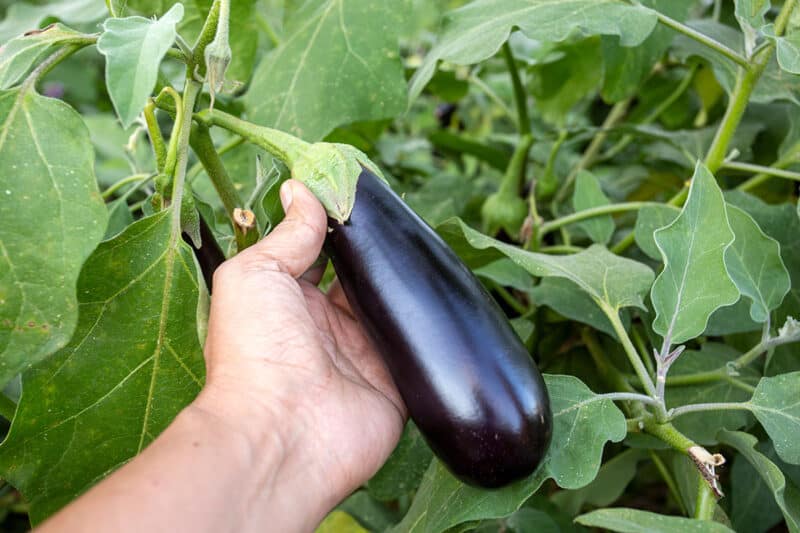
Picking eggplants at the right time matters when it comes to the taste of your fruits. As eggplants become larger, they become bitter, so it’s best to always pick when smaller.
For best results, pick the fruits when they measure four to six inches long, depending on the cultivar.
12. Harvest Regularly
The more frequently you harvest eggplants off the plants, the greater the fruit set. Once your plants start to produce, you need to pick the fruits daily.
